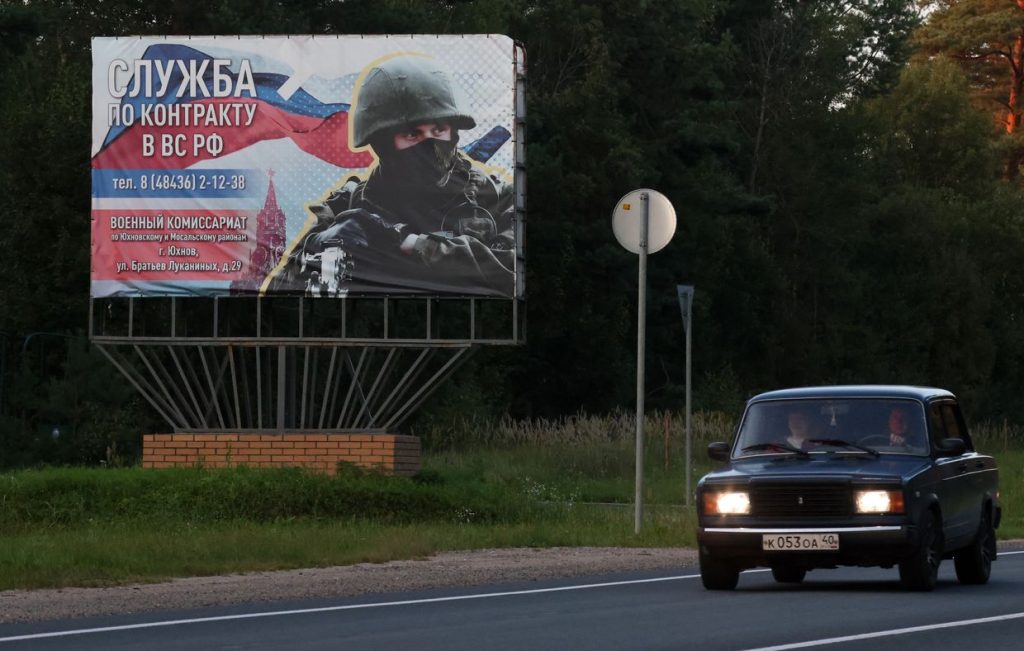Air Force, the Russian military used Tu-95MS bombers to strike Ukrainian airfields. In response, Ukraine launched homemade drones armed with explosives to target Russian airfields, hoping to prevent further devastating attacks at home. The homemade drones managed to hit two Russian airfields, causing significant damage and potentially disrupting the Russian military’s ability to carry out future attacks. This bold move by Ukraine showcased their determination to defend their country and willingness to use unconventional tactics in the face of a powerful adversary.
The aerial attack on Ukrainian airfields marked a significant escalation in the conflict between Ukraine and Russia. The use of strategic bombers and drones in a coordinated assault demonstrated the intensification of hostilities and the increasing sophistication of both sides’ military capabilities. Ukraine’s ability to strike back at Russian airfields with homemade weapons also highlighted their resourcefulness and creativity in responding to threats from a larger and better-equipped adversary. This unconventional approach may prove to be a game-changer in the ongoing conflict, as it forces Russia to adapt to new challenges and potentially rethink its strategy.
The success of Ukraine’s homemade drone strike on Russian airfields could have far-reaching implications for the conflict and for the balance of power in the region. By targeting Russian military infrastructure directly, Ukraine demonstrated that they are capable of inflicting significant damage on their opponent despite being outnumbered and outgunned. This could lead to a shift in the dynamics of the conflict, as Russia may now have to contend with more creative and unpredictable tactics from Ukraine. The use of homemade weapons also raises questions about the effectiveness of traditional military strategies in modern warfare, as smaller and less developed countries find ways to challenge larger and more advanced adversaries.
The aftermath of the drone strike on Russian airfields will likely prompt both sides to reassess their strategies and tactics in the conflict. Ukraine may look to further develop and deploy homemade weapons to target key Russian assets, while Russia may intensify its efforts to counter such unconventional threats. The use of drones in this way could also inspire other countries facing similar challenges to explore new methods of defense and attack in asymmetric conflicts. As the conflict between Ukraine and Russia continues to evolve, the role of homemade weapons and unconventional tactics may become increasingly important in determining the outcome.
The international community’s response to the drone strike on Russian airfields is likely to be mixed, with some countries condemning the use of homemade weapons in warfare and others applauding Ukraine’s determination to defend itself against Russian aggression. The legality and ethics of using such weapons in conflict will undoubtedly be debated, with concerns raised about the potential for civilian casualties and the widening of the conflict. However, the fact that Ukraine was able to successfully target Russian airfields with homemade drones highlights the ingenuity and adaptability of smaller nations in the face of larger and more powerful opponents. This could lead to a reevaluation of traditional military strategies and the development of new approaches to modern warfare.
In conclusion, Ukraine’s airstrike on Russian airfields with homemade weapons represents a bold and unconventional response to Russian aggression and a demonstration of Ukraine’s determination to defend itself against a larger and better-equipped adversary. The success of the drone strike raises questions about the efficacy of traditional military strategies and the potential for smaller nations to challenge larger opponents with creative and resourceful tactics. The aftermath of the strike will likely prompt both sides to reassess their approaches to the conflict, with the use of homemade weapons influencing future developments in the ongoing conflict between Ukraine and Russia. The international community’s response to the use of homemade weapons in warfare will shape discussions on the legality and ethics of unconventional tactics in modern conflict, highlighting the complex and evolving nature of contemporary warfare.


